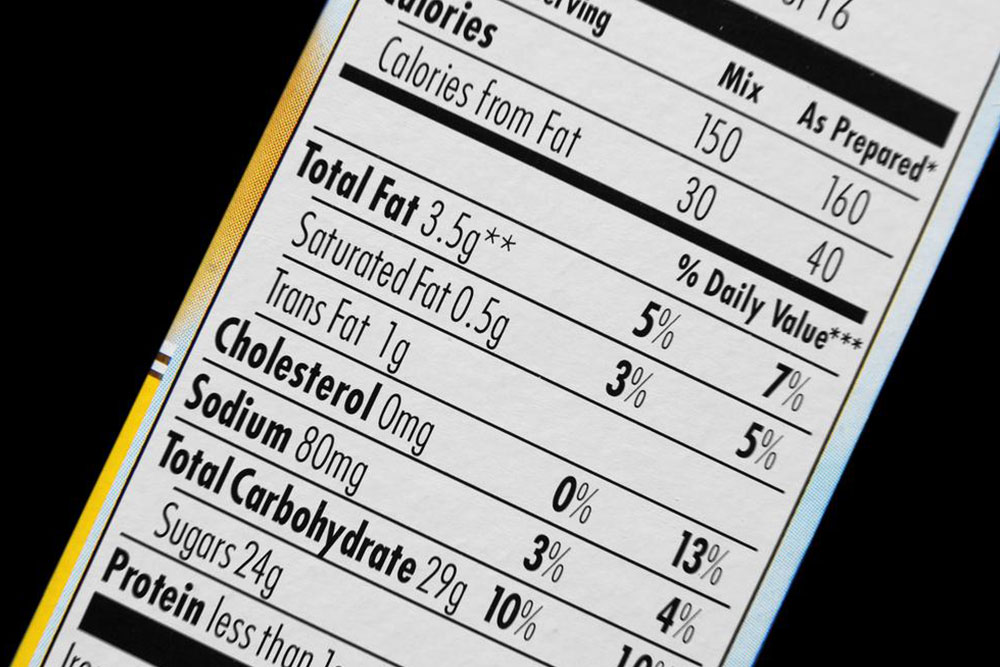Things to Know about an Alkaline Food Chart
The existence of life on earth totally depends on the pH balance in the environment. All living organisms and cells can survive only when this balance is maintained. Humans require a strictly controlled pH of 7.4 in the blood. Therefore, it can be safely concluded that the pH levels need to be maintained internally (human body) and externally (environment). It is essential that the pH value of the human diet is maintained in order to maintain the pH balance of the human body.
High levels of acidity in the body lead to numerous health issues. Maintaining alkalinity is essential for the proper functioning of the body.

Need to alkalize your body
Your body requires more alkaline foods to maintain the pH balance. When the pH level tilts toward acidic values, i.e. less than 7, you experience digestive issues, skin, nail and hair problems, mouth and teeth issues, and other general health issues. Acid/alkaline imbalance in the body is known to be the root cause of numerous health issues.
A slightly alkaline condition is necessary for the smooth functioning of our bodies. For example, pH of blood needs to be 7.4 for the healthy functioning of the body. Even a slight shift of blood pH of say 0.2 is a serious health hazard. This shift toward acidic pH is balanced by the blood borrowing of minerals like calcium, potassium from vital organs and bones to neutralize the shift of pH. Unchecked high acidity in the body leads to permanent damage to organs; ultimately bringing down the quality of life. The best way to maintain the pH balance of your body is to follow an alkaline food chart.
Building the perfect alkaline food chart
A typical diet is dominated by acidifying foods like cereals, sugars, and proteins. Alkaline foods like vegetables, fruits, yogurt etc., are consumed in lesser quantities than acidic foods. An alkaline diet is considered to be highly beneficial to the smooth functioning of the human body. One way to increase the alkalinity of the body is to include alkaline foods; the other way is to minimize the consumption of acidic food. Eating more raw foods, avoiding processed foods, and drinking water infused with lemon are a few ways to alkalize your diet.
Once you decide to alkalize your diet, the first step would be to build an alkaline food chart. Once you have the chart ready, you simply have to follow it. The following points need to be considered while making the alkaline food chart:
- Should include plenty of fruits and vegetables
- Should include whole grains that are rich in fiber, protein, and vitamins
- Should exclude refined and processed foods
- Should discourage aerated drinks and artificially sweetened and flavored beverages
- Should include fiber-rich foods like cauliflower, broccoli, berries, cabbage, etc.
Let us now take a look at the various foods that are highly alkaline:
Broccoli, honey, asparagus, white wine, margarine, draft beer, watermelon, apples, spinach, banana, celery, carrot, potatoes, beans, hazelnuts, soy sprouts, straw grass, red cabbage, almonds, and tofu.
The following foods are moderately alkaline:
Apricot, brown rice, wheat, mango, freshwater fish, coconut milk, yellow plum, pineapple, raspberry, and walnuts.
The following foods are strictly not alkaline:
Vinegar, canned food, food from the microwave, organ meats, oysters, hard cheese, liquor, cashews, beet sugar, corn oil, and mayonnaise.
Your diet chart must include completely alkaline and moderately alkaline foods to the maximum possible extent. The foods that are not alkaline tend to increase the acidity in the body. Consumption of such foods must be minimized in order to maintain the pH balance of the body. Some dieticians also include alkaline water in the diet plan, but consumption of this water requires good research and testing to check acceptance by one’s body.
Based on the above points, here is a sample alkaline diet plan:
Breakfast : Egg, low-fat yogurt, and half a grapefruit. This is a good combination of alkaline foods to start your day.
Lunch : Spanish leaves with roasted chicken. This type of lunch menu combines alkaline food with acid-promoting food in order to maintain pH balance.
Dinner : Broccoli, green beans, and brown rice. The dinner menu also combines alkaline foods with acid promoting foods to maintain the alkalinity of the body.
Following the alkaline food chart is essential for long-term healthy living. Including alkaline foods in your daily diet is a great way to maintain optimum and efficient functioning of the body. Increasing intake of fruits and vegetables is the best way to alkalize your diet. An alkaline food chart not only alkalizes your body but detoxifies it as well, thus leading you toward a healthy life.

